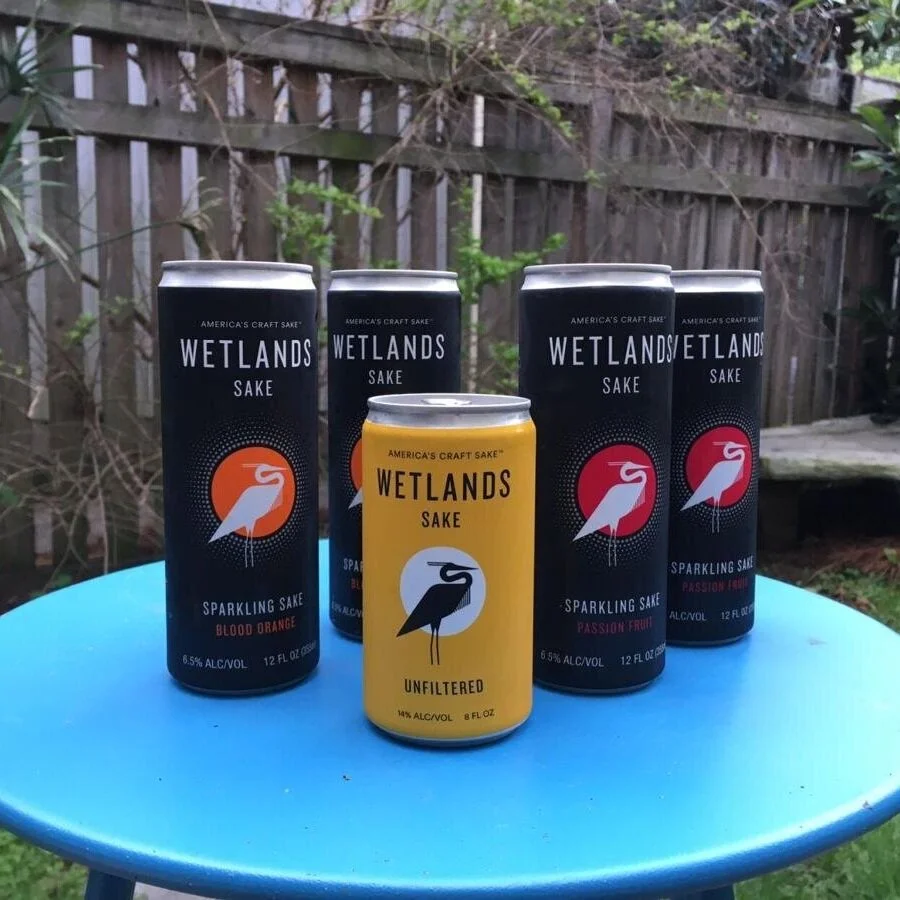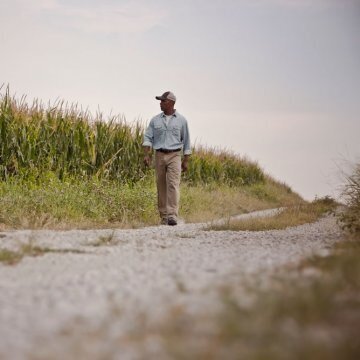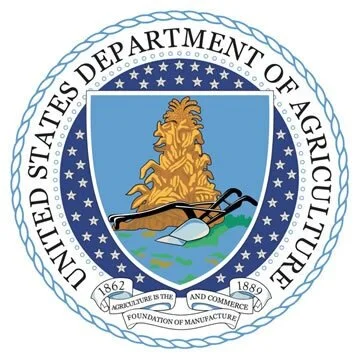New row crop varieties — soybeans, wheat, rice, corn, cotton, grain sorghum, sweet potatoes and sugarcane — are released annually by private companies and university breeding programs. Each variety can vary dramatically in yield potential, agronomic traits such as maturity, and resistance to insects, diseases and environmental stress factors. It is important to note a variety with high yield potential at one location may not be competitive in another location because of a lack of adaptability to different environments, including weather patterns, soil characteristics, disease pressure and cropping systems. Furthermore, a variety achieving a high yield or quality one year may not perform as well the next year at the same location because of yearly changes in the environment, such as rainfall or disease patterns.
Read MoreAn LSU AgCenter plant pathologist will use a $500,000 grant from the U.S. Department of Agriculture to pinpoint the location of a gene in rice that could help farmers control a potentially devastating plant disease.
“Our goal is to characterize the resistance to narrow brown leaf spot at the genetic and functional level,” said Jonathan Richards.
Narrow brown leaf spot is also known as Cercospora.
Read MoreShort-grain rice developed by the LSU AgCenter has been planted for a New Orleans company to make sake, a traditional Japanese beverage that is becoming more popular in the U.S.
The Pirogue variety was planted on 31 acres at the H. Rouse Caffey Rice Research Station on April 6 by Rick Zaunbrecher, the station’s foundation seed manager.
After harvest in August, the rice will be sold to Wetlands Sake, and the field of remaining stubble will be used for crawfish.
Read MoreThe People’s Republic of China is the world largest producer and consumer of rice and has been exporting rice to neighboring countries until recently, according to Milo Hamilton, co-founder and senior agricultural economist for Firstgrain, Inc.
That is changing because of the need for more feed for the country’s growing livestock sector, and the strengthening of the yuan, China’s currency, Hamilton told viewers of the Rice Marketing Educational Seminar at this year’s virtual Mid-South Farm and Gin Show.
Read MoreFarm bills, like most legislation, contain policy experiments. Usually they are small pilot programs or a variation on existing programs. Some experiments evolve into larger programs or become the standard program. A current farm bill experiment is the price of rice used in the PLC (Price Loss Coverage) and ARC (Agriculture Risk Coverage) programs
Read MoreRice may not be the first thing that comes to mind at the thought of south Louisiana's Cajun and Creole food, but it's everywhere — in jambalaya and boudin and served with red beans and a host of traditional dishes.
Now local entrepreneurs are using Louisiana-grown rice to make Wetlands Sake.
Read MoreLouisiana Prospective Plantings Report, March, 2021
Read MoreLouisiana is in the peak of rice planting season and Department of Agriculture and Forestry Commissioner Mike Strain, D.V.M., is reminding farmers that all rice for the planting of seed rice, commercial production and crawfish, are required to be tested.
Read MoreThe U.S. Department of Agriculture’s Commodity Credit Corporation (CCC) today announced the 2021 Marketing Assistance Loan rates.
Marketing Assistance Loans provide interim financing to producers so that commodities can be stored after harvest when market prices are typically low and sold later when market conditions may be more favorable. The 2018 Farm Bill extended the Marketing Assistance Loan program, making production for the 2019 through 2023 crops eligible for loan benefits.
Read MoreEarlier this month, the United Nations-sponsored Food and Agriculture Organization (FAO) published its monthly FAO Rice Price Update, drawing attention to the continuity of elevated global pricing. As with other commodities, products, and services, global rice prices have been no exception. The report cites increased prices throughout 2020 and the start of 2021 across the board for major rice producing countries.
Read MoreThere's a newcomer in the movement to kick plastic to the curb during Mardi Gras season.
While some have looked to paper or even algae as biodegradable alternatives, Jerome Milton's Houston-based company, NexEvo, has turned to starch as the base for his colorful Carnival beads.
Read MoreAll graders working at grain elevators in Louisiana will be tested and certified for the 2021 harvest season following an announcement from the Louisiana Department of Agriculture and Forestry (LDAF).
Those graders will be trained, tested and certified by LDAF to uphold the standards set through the U.S. Grain Standards Act. The goal is to provide consistent and professional grain inspection and weighing services for producers, handlers processors, exporters, importers and end-users.
Read MoreCongratulations to Dr. Michael “Mo” Way on his retirement last month from the Texas A&M AgriLife Beaumont Research and Extension Center after a stellar career spanning 39 years. While his official title was “research entomologist,” Way wore many more hats serving the Texas, U.S., and international rice industries. He received his Ph.D. under Dr. Al Grigarick at the University of California, Davis, prior to joining the faculty at the Beaumont Center
Read MoreThe supply and demand outlook is unchanged for 2020/21 U.S. rice this month. The projected 2020/21 all rice season-average farm price is raised $0.20 per cwt to $13.60 with increases in the NASS prices reported to date and price expectations for the remainder of the marketing year.
Read MoreMarch 15 is the deadline to enroll in the Price Loss Coverage (PLC) or Agriculture Risk Coverage (ARC) programs for 2021. Program enrollment, which farmers can do on a commodity-by-commodity basis, is required to participate in the programs this year. ARC and PLC are Title I commodity safety net programs established in the 2018 farm bill. For the 2021/22 crop year, farmers can change their coverage options from what they selected in 2019 for each of the commodities and base acres enrolled.
Read More













